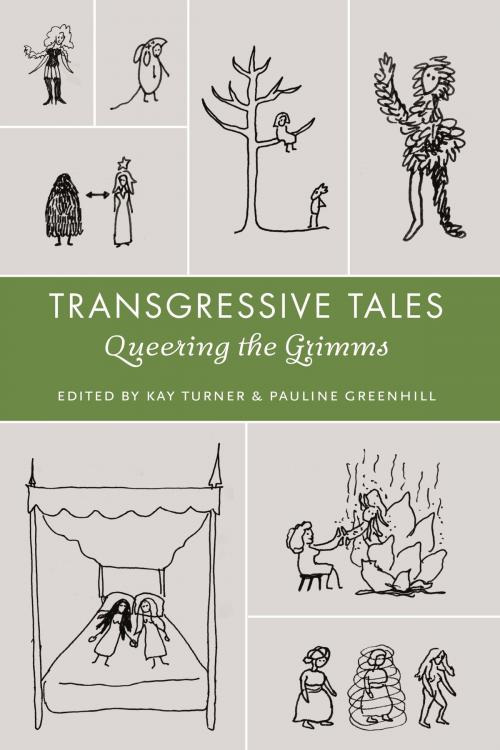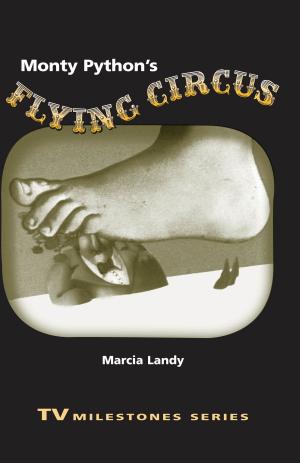Transgressive Tales
Queering the Grimms
Fiction & Literature, Literary Theory & Criticism, Gay & Lesbian, Nonfiction, Social & Cultural Studies, Social Science, Gender Studies, Gay Studies, Folklore & Mythology| Author: | Kay Turner | ISBN: | 9780814338100 |
| Publisher: | Wayne State University Press | Publication: | October 15, 2012 |
| Imprint: | Wayne State University Press | Language: | English |
| Author: | Kay Turner |
| ISBN: | 9780814338100 |
| Publisher: | Wayne State University Press |
| Publication: | October 15, 2012 |
| Imprint: | Wayne State University Press |
| Language: | English |
The stories in the Grimm brothers' Kinder- und Hausmärchen (Children's and Household Tales), first published in 1812 and 1815, have come to define academic and popular understandings of the fairy tale genre. Yet over a period of forty years, the brothers, especially Wilhelm, revised, edited, sanitized, and bowdlerized the tales, publishing the seventh and final edition in 1857 with many of the sexual implications removed. However, the contributors in Transgressive Tales: Queering the Grimms demonstrate that the Grimms and other collectors paid less attention to ridding the tales of non-heterosexual implications and that, in fact, the Grimms' tales are rich with queer possibilities. Editors Kay Turner and Pauline Greenhill introduce the volume with an overview of the tales' literary and interpretive history, surveying their queerness in terms of not just sex, gender and sexuality, but also issues of marginalization, oddity, and not fitting into society. In three thematic sections, contributors then consider a range of tales and their queer themes. In Faux Femininities, essays explore female characters, and their relationships and feminine representation in the tales. Contributors to Revising Rewritings consider queer elements in rewritings of the Grimms' tales, including Angela Carter's The Bloody Chamber, Jeanette Winterson's Twelve Dancing Princesses, and contemporary reinterpretations of both "Snow White" and "Snow White and Rose Red." Contributors in the final section, Queering the Tales, consider queer elements in some of the Grimms' original tales and explore intriguing issues of gender, biology, patriarchy, and transgression. With the variety of unique perspectives in Transgressive Tales, readers will find new appreciation for the lasting power of the fairy-tale genre. Scholars of fairy-tale studies and gender and sexuality studies will enjoy this thought-provoking volume.
The stories in the Grimm brothers' Kinder- und Hausmärchen (Children's and Household Tales), first published in 1812 and 1815, have come to define academic and popular understandings of the fairy tale genre. Yet over a period of forty years, the brothers, especially Wilhelm, revised, edited, sanitized, and bowdlerized the tales, publishing the seventh and final edition in 1857 with many of the sexual implications removed. However, the contributors in Transgressive Tales: Queering the Grimms demonstrate that the Grimms and other collectors paid less attention to ridding the tales of non-heterosexual implications and that, in fact, the Grimms' tales are rich with queer possibilities. Editors Kay Turner and Pauline Greenhill introduce the volume with an overview of the tales' literary and interpretive history, surveying their queerness in terms of not just sex, gender and sexuality, but also issues of marginalization, oddity, and not fitting into society. In three thematic sections, contributors then consider a range of tales and their queer themes. In Faux Femininities, essays explore female characters, and their relationships and feminine representation in the tales. Contributors to Revising Rewritings consider queer elements in rewritings of the Grimms' tales, including Angela Carter's The Bloody Chamber, Jeanette Winterson's Twelve Dancing Princesses, and contemporary reinterpretations of both "Snow White" and "Snow White and Rose Red." Contributors in the final section, Queering the Tales, consider queer elements in some of the Grimms' original tales and explore intriguing issues of gender, biology, patriarchy, and transgression. With the variety of unique perspectives in Transgressive Tales, readers will find new appreciation for the lasting power of the fairy-tale genre. Scholars of fairy-tale studies and gender and sexuality studies will enjoy this thought-provoking volume.















